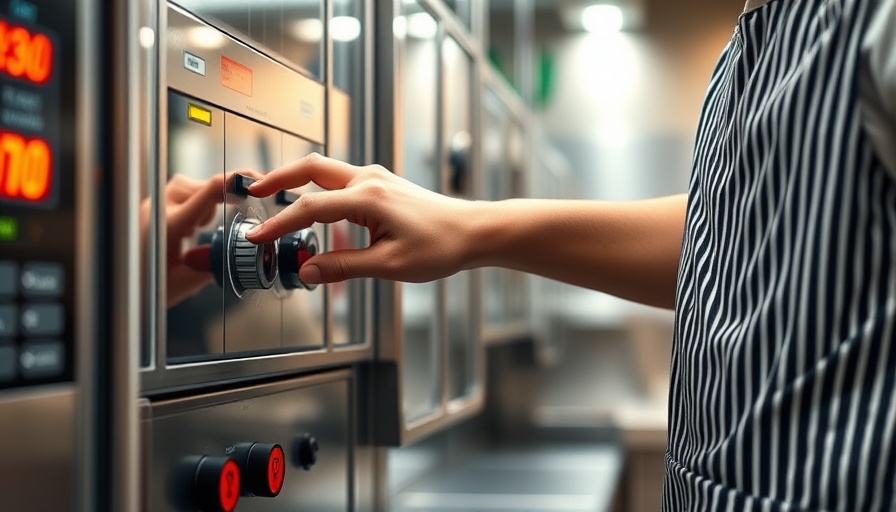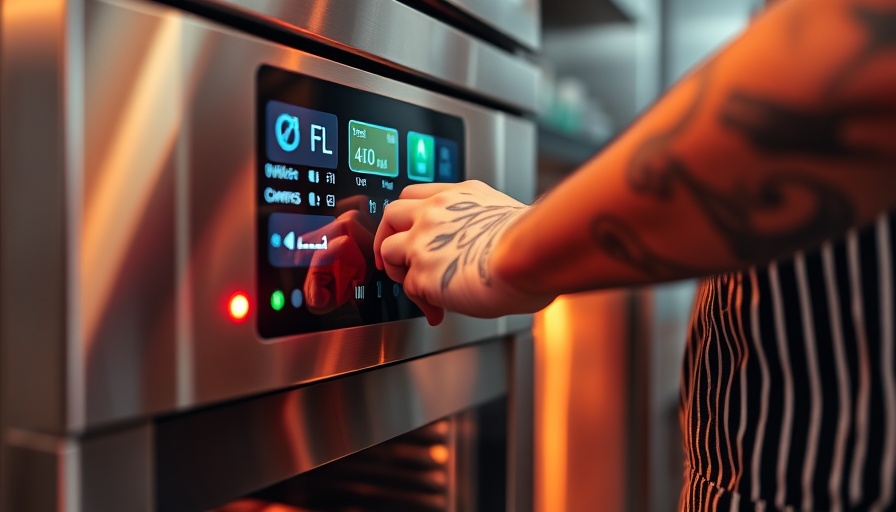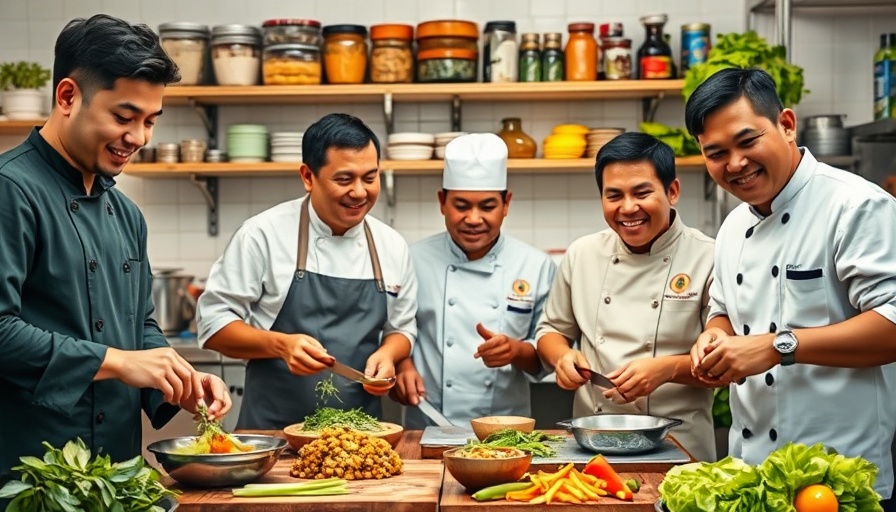
Learning from the Past: Embracing Kitchen Safety
Industrial kitchens are captivating arenas filled with the potential for creativity and culinary artistry; yet, they also present substantial risks for those who work within their bustling confines. Encountering mishaps like burns, cuts, or accidents involving heavy machinery can be disheartening, particularly for those dedicated to their craft. So, what can be gleaned from these experiences? Understanding the underlying causes of these incidents could very well be the key to fostering a culture of safety and reducing the risk of repeat occurrences.
Unpacking Common Causes of Kitchen Accidents
An industrial kitchen is fraught with hazards. Among the more immediate dangers are open flames and sharp knives, which can pose threats during frantic dinner rushes. More insidious risks arise from fatigue, often unnoticed, leading to compromised alertness and potential injury. Furthermore, certain specialized machinery may lead to unpredictable accidents, not easily anticipated due to their bespoke nature. This complexity underlines the importance of meticulous planning and training.
Prioritizing Prevention: Proactive Safety Measures
How can we transform insights from kitchen mishaps into proactive safety measures? Regular risk assessments can illuminate the precarious areas of any kitchen, allowing employers to implement targeted interventions. These assessments should ideally be conducted in the aftermath of an incident, offering valuable lessons that can shape future practices.
Training is essential; however, instilling a safety-first workplace culture is equally vital. By promoting an environment where safety is a priority, the potential for preventative measures to take root increases significantly. This cultural shift might go unacknowledged in terms of quantifiable results, but its impact could be profound.
Understanding Legal Implications: Seeking Support
If a kitchen accident does occur, the legal ramifications can add another layer of complexity. In many instances, workers might seek compensation through legal action against their employer. Navigating these murky waters doesn’t have to be daunting, however. Legal experts specializing in workplace accidents can provide clarity and guidance to those affected, ensuring their rights are defended and concerns addressed without fear of retribution. This legal framework is crucial in reflecting the commitment of employers to uphold safety standards.
Fostering a Culture of Safety: Guidance for Leaders
Establishing a culture centered around safety requires unwavering commitment and consistency from leadership. Firstly, do not shy away from setting clear rules and enforcing them. This establishes a baseline for safety. Embrace feedback from employees—resistance often comes from genuine concerns. Opening dialogue around safety protocols not only empowers team members but fosters a sense of shared responsibility.
Innovation in safety practices can lead to dynamic changes within the kitchen environment. As employers cultivate a culture where safety is a shared value, the potential for a significant reduction in workplace accidents becomes palpable. Workers will feel more secure, allowing their focus to shift back toward the creativity that makes the kitchen a nurturing ground for culinary exploration.
Embracing Change and Looking Ahead
The lessons learned from industrial kitchen accidents are invaluable. By embracing change and prioritizing safety, culinary professionals can create environments that inspire creativity while minimizing risks. As the kitchen continues to evolve, so too must our commitment to ensuring it remains a safe, supportive space for all workers.
Ultimately, it's about more than avoiding accidents—it's about nurturing a cultural attitude towards safety that allows art to flourish within a secure framework. By understanding and applying these insights, we can ensure that the kitchen remains a joyous space for creativity and innovation.
 Add Row
Add Row  Add
Add 




Write A Comment